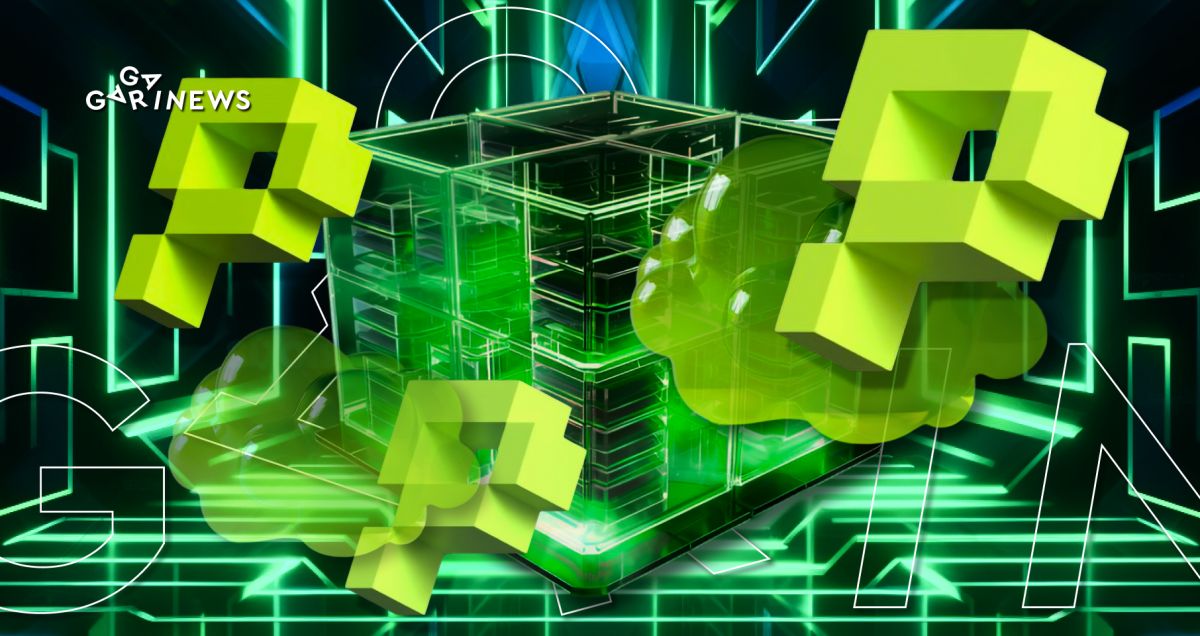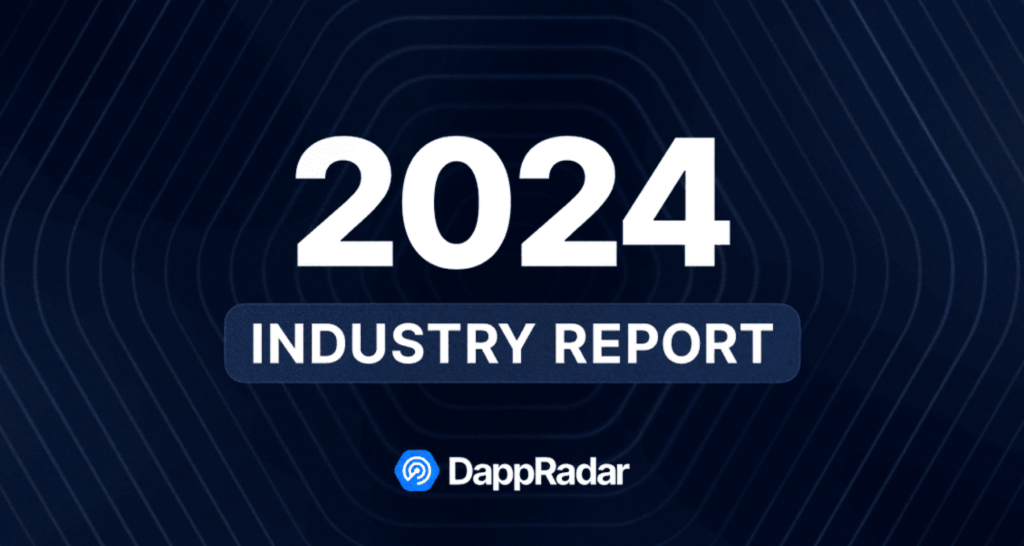Phala Network (PHA): A Detailed Review

The Phala Network(or Phala Cloud) is a private cloud computing network operating in a manner comparable to Amazon Lambda’s service, but for Web3. Utilizing a TEE-Blockchain Hybrid Architecture, developers can deploy private smart contracts that run within a secure TEE environment.
The Phala Network was founded in 2018. This network serves as a parachain within the Polkadot ecosystem, which is built upon Substrate—a state-of-the-art framework for blockchain innovation—and the TEE-Blockchain Hybrid Architecture. Later in 2021, the Phala Network team also introduced Khala (PHA) into the Kusama network.
The Trusted Execution Environment (TEE) is a secure area of the main processor, which Phala Network refers to as the Secure Enclave. It ensures the privacy and integrity of code and data loaded into it. As an isolated environment, TEE provides functionalities like isolated code execution, smart contract integrity protection, and asset confidentiality.
Phat Contracts are the smart contracts designed within the Phala Network. They provide a superior level of security compared to networks like Ethereum or others where code is openly accessible and susceptible to hacker attacks aiming at asset theft.
A comparison of a Fat Contract created in the Phala Network and a typical smart contract. Source: phala.network
In addition to smart contracts (Phat Contracts) and cloud computing (Phala Cloud), the Phala Network's blockchain platform also offers services and products such as:
- Subbridge – cross-chain bridges between Polkadot and other blockchains, for example, pDiem, pBTC, pETH, pBTG, etc;
- opportunities for staking and yield farming;
- web analytics through W3A (Web3 Analytics);
- a native Phala Dark Wallet with the capability for anonymous transfers, known as Secret Transfers;
- Phala World, a Web3 game that combines elements of the Metaverse and NFTs;
- SubSquare, a Governance platform utilized for managing changes within the project.
The Subbridge cross-chain router for parachains enables asset exchanges across diverse ecosystems. Source: phala.network
Phala Network Founders
Hang Yin is one of the co-founders of Phala Network and is also the chief developer behind Bitcoin Gold. His previous role was as a senior developer at Google and he brings a decade of programming experience to the team.
Marvin Tong, another co-founder of Phala Network, has a notable background that includes roles at Tencent and Didi – two of China's largest internet companies. He brings a wealth of experience in product development and business expansion.
Zhe Wang is a hardware engineer who played a crucial role as part of the Bitcoin Gold team in China.
Jun Jiang, with his history as a technical director at KnewOne and a senior software architect at Dji, is also a key figure in the RubyChina community.
Shunfan Zhou, a blockchain security researcher, is working towards his Ph.D.
Phala Network's development is overseen by the Phala Network Foundation, which was established in 2018.
PHA Coin
The PHA coin, as the native currency of the Phala Network, plays multiple essential roles within the platform. It serves as an incentive for users to contribute their computing power for data storage on the network. Additionally, the PHA coin is utilized for making payments for services within the Phala ecosystem. Furthermore, it grants holders the ability to participate in the governance of the network, allowing them to have a say in the decision-making processes.
Two types of network nodes, gatekeepers and miners, use the PHA coin. These nodes must stake a specific amount of PHA coins to perform their functions. This method ensures an automatic deduction of the staked PHA as a penalty if any misuse or malicious activities occur.
As per the Phala Tokenomics Design, 40% of the total coin supply will be distributed to the community, 20% to the team, 15% to private investors, 15% to the foundation, and the remaining 10% to advisors and partners.
The coin has a maximum issuance limit of 1 billion PHA. In addition to motivating the community, a significant portion of PHA will be allocated to the ecosystem's development. PHA is also used to reduce the cost of cross-chain transactions between Phala Network and Ethereum, along with other networks.
Currently, over 558.6 million out of the total 1 billion PHA coins have been issued. With a market capitalization exceeding $66 million, PHA ranks 326th on CoinMarketCap.
PHA can be bought and traded on several of the world's largest centralized exchanges (CEXs), such as Binance, WhiteBIT, Huobi, Okex, Gate.io, Kraken, among others. The coin is also available on decentralized exchange (DEX) platforms, like Uniswap, 1inch, and Karura Swap.
What Makes Phala Network Unique
Phala Network tackles the problem of trust within the computational cloud in blockchain. A key feature of this network is its support for privacy and confidentiality in data exchange. The platform delivers a potent cloud service while ensuring total confidentiality of user data and smart contracts. This unique competitive edge makes Phala Network an ideal option for individuals or organizations requiring secure and private data exchange solutions.
As a parachain and an essential component of the Polkadot ecosystem, Phala Network provides its computational power to various dApps. At the same time, it ensures these applications' data security and the confidentiality of DeFi transactions, joint computation of confidential data DID, the development of cross-chain bridges, secure smart contracts, among other functions.
Furthermore, Phala Network introduces a distinctive service within its ecosystem – Web3 Analytics. Thanks to high-performing smart contracts that process analytical data while preserving confidentiality, users can have a dependable alternative to Google Analytics on the blockchain.
The content on The Coinomist is for informational purposes only and should not be interpreted as financial advice. While we strive to provide accurate and up-to-date information, we do not guarantee the accuracy, completeness, or reliability of any content. Neither we accept liability for any errors or omissions in the information provided or for any financial losses incurred as a result of relying on this information. Actions based on this content are at your own risk. Always do your own research and consult a professional. See our Terms, Privacy Policy, and Disclaimers for more details.





























